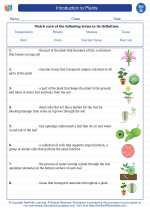Introduction to Plants -> rigid
Rigid Materials and Structures
When we talk about something being "rigid," we are referring to its ability to resist deformation and maintain its shape. This concept is important in the field of materials science and engineering, as well as in the study of structures and mechanics. Let's explore the key points related to rigid materials and structures.
Characteristics of Rigid Materials
Rigid materials possess the following key characteristics:
- Resistance to Deformation: Rigid materials do not easily bend, stretch, or compress when subjected to external forces.
- Maintaining Shape: They are capable of maintaining their original shape and dimensions under applied loads.
- High Stiffness: Rigid materials have high stiffness or modulus of elasticity, meaning they require a significant force to induce deformation.
Examples of Rigid Materials
Common examples of rigid materials include:
- Metals such as steel, aluminum, and titanium
- Ceramics like porcelain and certain types of glass
- Hard plastics and composite materials
- Reinforced concrete and masonry
Applications of Rigid Structures
Rigid structures play a crucial role in various engineering and architectural applications:
- Building frames and trusses
- Bridges and overpasses
- Aircraft and spacecraft components
- Automobile chassis and body frames
- Industrial machinery and equipment
Study Guide
When studying the concept of rigidity, consider the following topics:
- Basic principles of elasticity and stiffness
- Material properties and their impact on rigidity
- Analysis of forces and stresses in rigid structures
- Design considerations for maintaining rigidity in engineering applications
- Real-world examples of rigid materials and structures
It's important to understand how rigidity contributes to the performance and safety of various products and structures, as well as the role it plays in the overall field of materials science and engineering.
.◂Science Worksheets and Study Guides Seventh Grade. Introduction to Plants
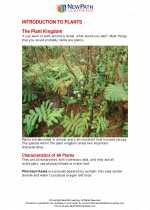
 Worksheet/Answer key
Worksheet/Answer key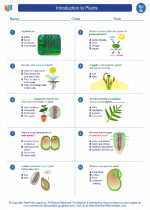
 Worksheet/Answer key
Worksheet/Answer key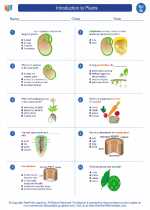
 Worksheet/Answer key
Worksheet/Answer key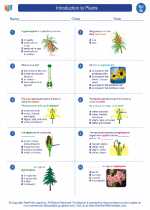
 Worksheet/Answer key
Worksheet/Answer key
 Vocabulary/Answer key
Vocabulary/Answer key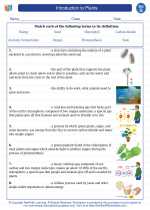
 Vocabulary/Answer key
Vocabulary/Answer key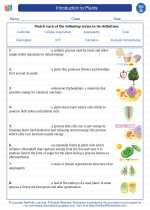
 Vocabulary/Answer key
Vocabulary/Answer key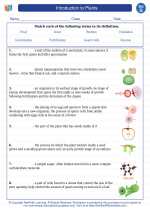
 Vocabulary/Answer key
Vocabulary/Answer key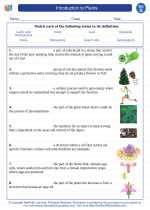
 Vocabulary/Answer key
Vocabulary/Answer key